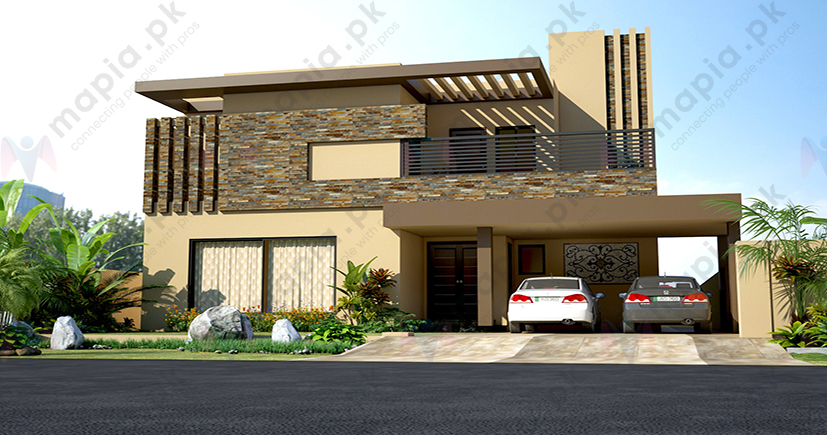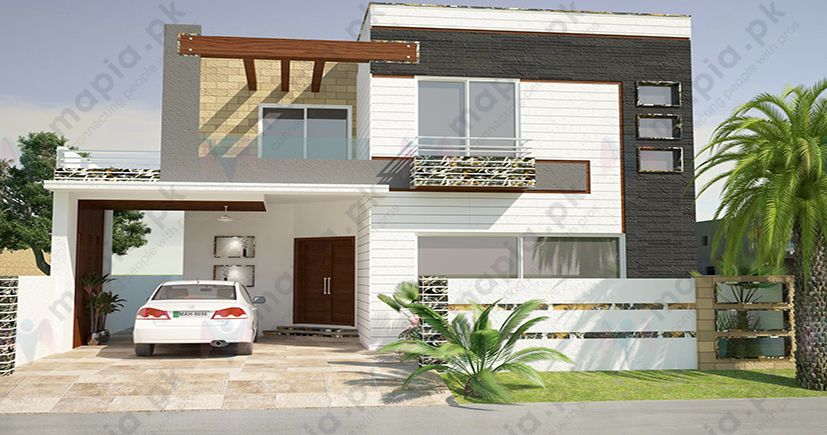Architectural and Engineering Glossary
B
A small valve used to drain fluid from a pipe,radiator,vessel,etc.
A pipe,usually of structural clay,for carrying water from a drainage tile to a drain or sewer.
1.The upward penetration of a coloring pigment from a substrate through a topcoat of paint.2.The oozing of grout from below a road-surfacing material to the surface in hot weather.3.Exudation of one or more compo- nents of a sealant,with possible absorption by adjacent porous surfaces.4.The autogenous flow of mixing water within, or its emergence from,newly placed concrete or mortar;caused by the settlement of the solid materials within the mass or by drainage of mixing water;also called water gain.5.The diffusion of coloring matter through a coating from the substrate,or the discoloration that arises from such a process.
The ratio of the volume of water which is released by bleeding,4 to the volume of mortar or paste.
The rate at which water is released by bleeding,4 from mortar or paste.
A test (ASTMC232) for measuring the tendency for water to rise to the surface of freshly placed concrete.
Premium Product & Services
Best products and services from our partners
A mixture of portland cement and other material such as granulated blast-furnace slag,pozzolan,hydrated lime,etc.combined either during or after the finish grinding of the cement at the mill.
Same as self ballasted lamp.
A soft round tipped paintbrush used for blending colors and smoothing out brush marks left by coarser brushes.
In hot water systems,the mixing of hot water with cold water in order to raise the cold water temperature.Blending usually takes place at the point of use.
A three-way valve which permits liquid entering the valve to be mixed with liquid that recirculates through the valve;used to obtain a desired liquid temperature.
In plants,a fungus disease causing them to wither.
Any area which has become an economic and aesthetic liability to a community.
1.A device to obstruct vision or keep out light;usually a shade,a screen,or an assemblage of light panels or slats.2.A solid disk inserted in a pipe joint or union to prevent the flow of water during the repair of a water distribution system.
A road,alley,or passageway open at one end only.Also see culdesac.
A decorative row of arches applied to a wall as a decorative element,esp.in Romanesque buildings.
An arch in which the opening is permanently closed by wall construction.
An area built around the outside of a basement wall to prohibit penetration of moisture.
An attic space,floored but unfinished inside.Also see loft.
A rough window frame or subcasing to which trim is added.
1.Same as blank door.2.A louvered door.
Same as secret dovetail.
A drain which is not connected to a sewage system.
A catch for securing a blind or a shutter,in either an open or a closed position.
A flange which closes the end of a pipe.
Same as subfloor.
In an interior of a brick wall,a header concealed so that it does not appear on the face of the wall.
A hoistway that does not have a hoistway door at every floor.
A hole which is drilled only partway through the thickness of the material.
1.A type of masonry joint in double Flemish bond;a thin line joint between two stretchers (this line bisects a header in the course directly below).2.A joint,no part of which is visible.
A blind arch in the shape of a lancet.
A joint combining a blind mortise and a stub tenon;neither is visible in the assembled joint.
A mortise whose depth is less than the thickness of the piece into which it is cut,so that it does not pass through it.
Nailing in such a way that the nailheads are not visible on the face of the work.2 In finished roofing,the use of nails that are not exposed to the weather.
A nipple,one end of which is capped.
A pocket in the ceiling at a window head to accommodate a Venetian blind when it is raised.
A small-headed pin having an expandable shank for joining light pieces of metal.
In an auditorium,a row of seats having its first seat at a side aisle and its last seat at a side wall.
A seat in an auditorium having an obstructed or partially obstructed view of the stage.
An obliquely set slat (as in a shutter),which serves to shed rain but to admit light.
A rectangular molding used in the assemblage of a window frame;nailed between the outside trim and the outside sashes,it serves as a stop for storm sashes and screens and assists in preventing air infiltration.
A tenon which does not pass all the way through a mortise.
Tracery adorning a wall or panel but not pierced through.
A blank wall.
See blank window.
1.A thin layer of lean concrete or of fine gravel or sand applied to a surface to fill voids and to provide a smoother,cleaner,drier,or more durable finish;esp.fine gravel or sand over freshly placed asphaltic concrete.2.Sprinkling small stone chips over a freshly tarred road.3.Placing a material over piping to completely cover it.4.Compacting of soil directly over a drain tile,thereby reducing its tendency to move into the tile.
1.A floor level without exterior windows.2.The triforium of a Gothic church,or derivatives.
On drawings,abbr.for blocking.
On drawings,abbr.for blower.
Swollen,as in certain lightweight aggregates for concrete,as a result of processing.














